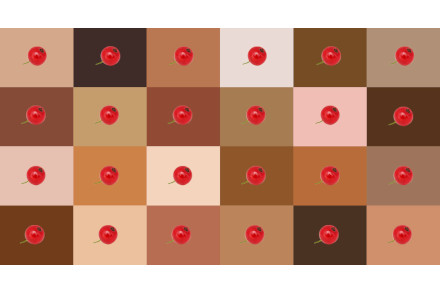The Statue of Liberty has welcomed generations of immigrants to the United States — its torch a symbol of enlightenment. To raise money to build the pedestal for the statue, Emma Lazarus wrote a poem, a famous portion of which reads “… Give me your tired, your poor, your huddled masses yearning to breathe free…” But this romantic vision is at odds with the nation’s history of inequality. People of color have been stripped of their lands and stripped from their lands. The poem’s description of a land for people “yearning to breathe free” is especially poignant when one considers George Floyd’s last words “I can’t breathe” — now a slogan of the Black Lives Matter movement.
Racial and ethnic disparities in health status and access to care are as old as the nation. The COVID-19 crisis is shining new light on these longstanding disparities. People of color are disproportionately affected by COVID-19 cases, hospitalizations, and deaths in the United States. Compared with those of White people, COVID-19 hospitalization rates for Black, Hispanic, and American Indian and Alaska Native (AIAN) people are about five times higher. Compared with those of White people, COVID-19 death rates for Black and AIAN people are approximately twice as high. These disparities have social and economic consequences that perpetuate a vicious cycle.
What payers can and can’t do
Where people live and where they go to work and school determine, among other things, their exposure to pollutants, access to affordable and nutritious food, and access to health care. Payers can’t change where people live, but they can bring care to patients and patients to care. And while it does not fit neatly into the medical model, perhaps payers’ case managers could direct their hungry members to swelling food lines to help fill their bellies, or help their members residing in so-called “food deserts” find affordable, good-quality fresh food.
Payers can’t change the in-person nature of frontline workers, the density of the prison population, or crowding in multigenerational households and on public transportation — conditions that contribute to the spread of communicable diseases and disproportionately apply to people of color — but they can have an impact by educating about disease prevention and health promotion through culturally and linguistically appropriate messages. These messages should stress the importance of social distancing and wearing masks and, a few months from now when COVID-19 vaccines are available, the importance of getting vaccinated.
Payers can’t change people’s levels of education and income — the socioeconomic differences that underlie considerable racial and ethnic disparities in health and health care — but payers can help to manage the health conditions that disproportionately impact people of color. AIAN and Black people have higher rates of asthma and COPD than White people — symptoms of a larger underlying problem.
What some payers are doing
NCQA’s Distinction in Multicultural Health Care identifies payers that meet or exceed standards in providing culturally and linguistically sensitive services. Among the many requirements to earn this distinction, payers are obligated to collect members’ ethnicity and language data and to collect and share information about providers’ race, ethnicity, and language fluency. These are positive types of profiling that, if used effectively, can help build bridges. Some of the payers achieving this distinction include United Healthcare, Anthem, Molina, Health Net, and Kaiser Permanente.
Approximately half of Medicaid managed care lives are covered by six payers, including Centene, UnitedHealthcare, Anthem, Molina, WellCare and Aetna, in descending order. Notice the similarities between this group of payers and those achieving NCQA’s Distinction in Multicultural Health Care. It stands to reason that payers serving the Medicaid population should provide culturally and linguistically sensitive services. Perhaps these payers can teach commercial payers a thing or two.
America’s Health Insurance Plans (AHIP), acting in response “to the disproportionate impact that COVID-19 and police misconduct have had on communities of color,” created a Health Equity Workgroup. One of the tasks of this group is to develop strategies for data collection and sharing that would enable plans to identify care disparities in their memberships and improve outreach and intervention programs for marginalized populations, including racial, ethnic, language, sexual-orientation, and gender-identity communities, along with various socioeconomic and disability groups.
Epidemiologists have reported disparities in health and health care for many years. Payers are now increasingly measuring these disparities. [Sigh of relief.] As they say, you can’t fix what you can’t measure. Hopefully the fix will soon follow this new measurement.
Holding one’s breath
Will racial and ethnic groups at higher risk of infection, hospitalization, and death have earlier access to COVID-19 vaccines when they become available, or will access to these vaccines become the latest example of discrimination? And will messages promoting the COVID-19 vaccines to racial and ethnic groups be culturally and linguistically appropriate, or will we look back and gasp that more could have been done to boost immunization rates among high-risk racial and ethnic groups? Hopefully, payers are doing everything they can to target the right people and use the right messages to help the most vulnerable breathe.



No Comments